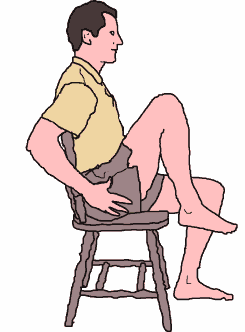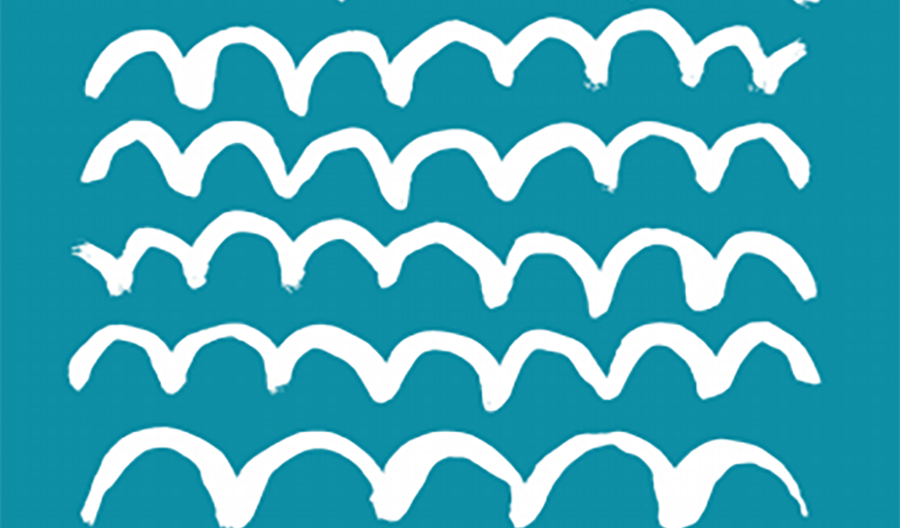
Move That Body – Patterned Sensory Enhancement
First of all, let me give a special thanks to Veronica May, MT-BC, NMT for coming to The Music Therapy Center to, in her words, “brickity break down” some Neurologic Music Therapy physical and sensorimotor techniques for us, and give us specific tools to use with our clients. The following information is based on her helpful instructions.
Music motivates movement! That is why there is a whole category of neurologic music therapy techniques that address physical and sensorimotor goals. One technique is Patterned Sensory Enhancement (PSE). PSE uses the elements of music – harmony, dynamics, rhythm, melody, tempo, and duration – to mirror a specific movement. It is used in motor rehabilitation, maintenance, or modulation.
In PSE, music is not only motivating movement, but it’s also illustrating the movements. When a music therapist chooses what type of music to play and how to play it in order to facilitate a specific movement, he/she must take all the elements of music into consideration: 1. Timing elements: meter, tempo, pattern, form; 2. melodic elements that indicate spatial aspects of movement: pitch, dynamics, sound duration, harmony. In addition to musical elements, the music therapist must also be aware of the elements of the movement his/her client is being prompted to do. What are the steps involved in making the specific movement? Where is the force of the movement coming from?
Enough with the technicalities! How about some examples for how MUSIC can ILLUSTRATE and FACILITATE MOVEMENT!
Example: Knee lifts from a seated position
First, where is the force of the movement? The LIFT, because this is going against gravity. Therefore, the “force” – or most emphasized – part of the music will be on the lifting motion.
Second, let’s think about the music.
- Meter: Knee lifting is like marching, so we would likely want a march meter (i.e. 2/4 or 4/4). Find a song, or plan your improvisation in that meter.
- Tempo: At what speed do you want your client making each movement? Choose the tempo that is most appropriate for your client’s age and motor challenge. Remember, slower tempos are sometimes harder for clients to maintain because there is less auditory info happening between each beat.
- Pitch: You want your client to make an upward movement, so instinctively, you play higher pitches to cue the lifting movement (e.g. a high C chord), and lower pitches to cue the lowering movement (e.g. low C).
- Dynamics: In this case, dynamics will help you emphasize the pitches that cue the lifting movement. Play the higher pitches louder and the lower pitches softer. E.g. Loud high C chord, soft low C.
- Duration: You can cue how long you want your client maintaining his/her knee in that lifted position by sustaining the high pitches (e.g. sustained high C chord), or making those same pitches very shor
- Harmony: Harmony doesn’t play a crucial role in this knee-lift example. But it can tie in to the emphasis piece. Emphasize the lifting motion by making the high pitch a chord (e.g. high C chord), and the low pitch just a single note. I’ll give another example. A clenching movement may be associated with a dissonant chord, while a relaxed/releasing movement may be associated with a consonant chord.
– Chiara (the new intern!)





